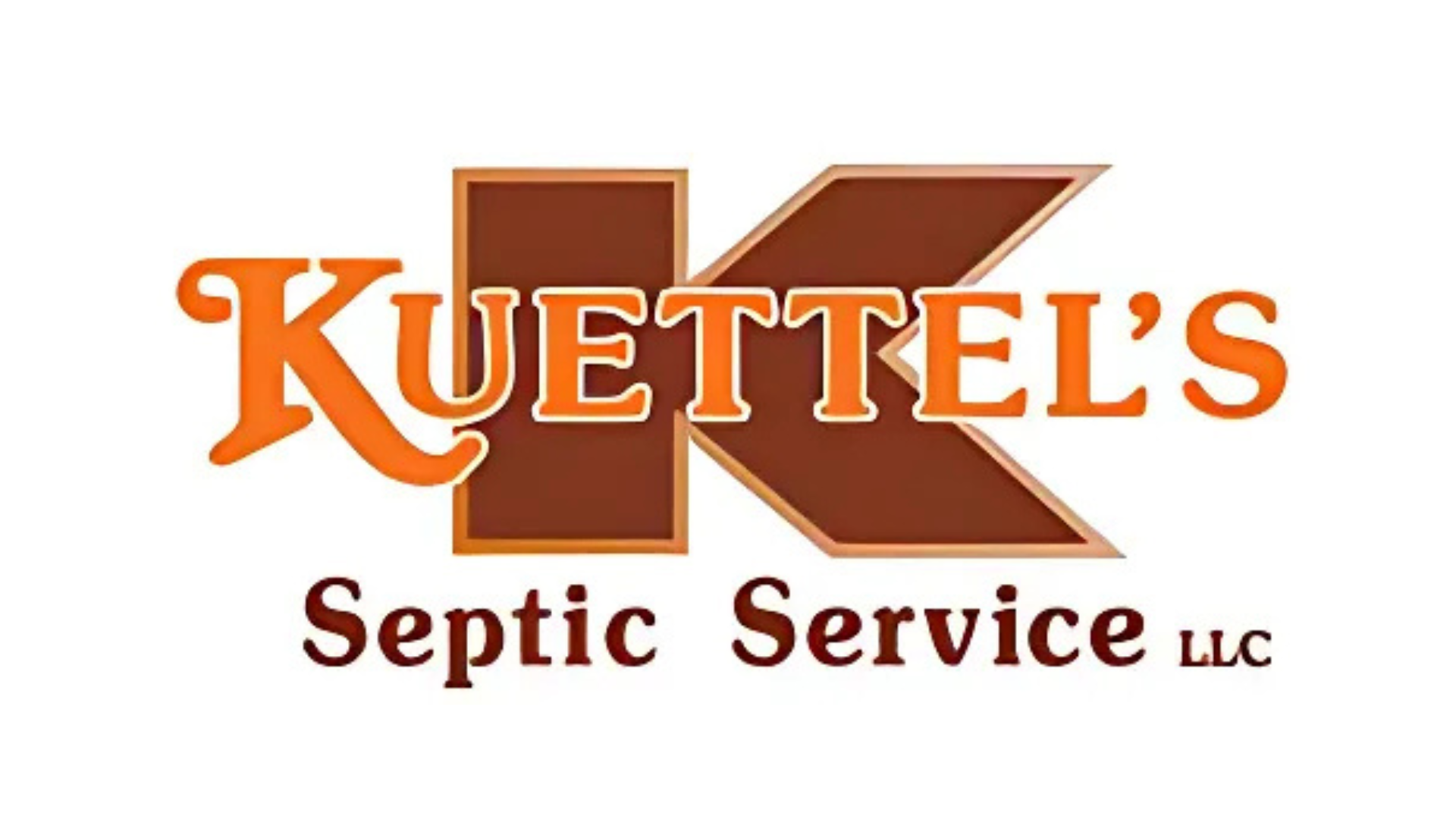Wisconsin Winters and Your Septic System
These cold winter months in Wisconsin can present a unique set of challenges for your septic system! Here are some reminders and tips to help you avoid problems in our frigid weather: Going on vacation? Leaving for the winter to a warmer climate? If so, keep in mind that lines can freeze without regular plumbing […]
Bathroom Cleaning and Septic Systems
Bathroom Cleaning and Septic Systems It’s always good to be aware of the products that go down your drains and the impact it can have on your septic system’s efficiency, performance, and reliability. Septic systems are designed to break down approved materials such as human waste and toilet paper, but many traditional cleaning products have the potential to damage. Here are a […]
Three-Year Maintenance: Inspection vs. Full Pumping Service
Have you received notice from your county that your three years are up? Perhaps you’ve heard about companies advertising 3-year county maintenance inspections for a fraction of the cost of pumping… There are only a few very specific situations where this would apply. The statewide law that requires 3-year maintenance on septic systems states that […]
Do Garbage Disposals Affect a Septic System?
While garbage disposals may be useful to have in the kitchen, misuse can create unexpected issues. Depending on how it’s used, it can deliver large amounts of water to the system. But even more than that, the solids delivered through the garbage disposal don’t settle properly in the septic tank. Bone fragments and other materials […]
Septic System vs. Holding Tank- Part 2
As discussed in our previous post, one of the first steps to understanding the septic service world is understanding the difference between a septic system and a holding tank. Now we will discuss the basics of septic systems… First of all, there are different “types” of septic systems (such as conventional, mound, at-grade, in-ground pressurized) […]
Septic System vs. Holding Tank- Part 1
This is one of the first steps to understanding the septic service world: understanding the difference between a septic system and a holding tank. It’s especially helpful if you’re looking to buy a home away from city sewer for the first time. Each system type has its own unique maintenance requirements, so it’s smart to […]
Going Somewhere Warm for Winter?
Are you planning on taking a trip this winter and leaving your house empty for a few days? Or are you one of those fortunate ones who skips Wisconsin winters altogether and heads south for several months? If so, we’re happy for you… and a little jealous! We hope you enjoy your time in the […]
A Commonly Asked Question…
In our business, a sure sign that summer is on its way begins this time of year — homeowners start receiving notice that their septic system is due for it’s regular pumping and maintenance. (Here in Wisconsin, each county requires systems to be pumped and visually inspected at least once every 3 years.) That means a lot of […]
A Few Basics to Septic Systems
If you are a new homeowner, just moved away from city-sewer, or want to educate yourself on your system, here are a few basics to help you out: Learn the location of your septic tank and drainfield, especially if your cover is underground. If that’s the case, it will need to be dug up before your […]

